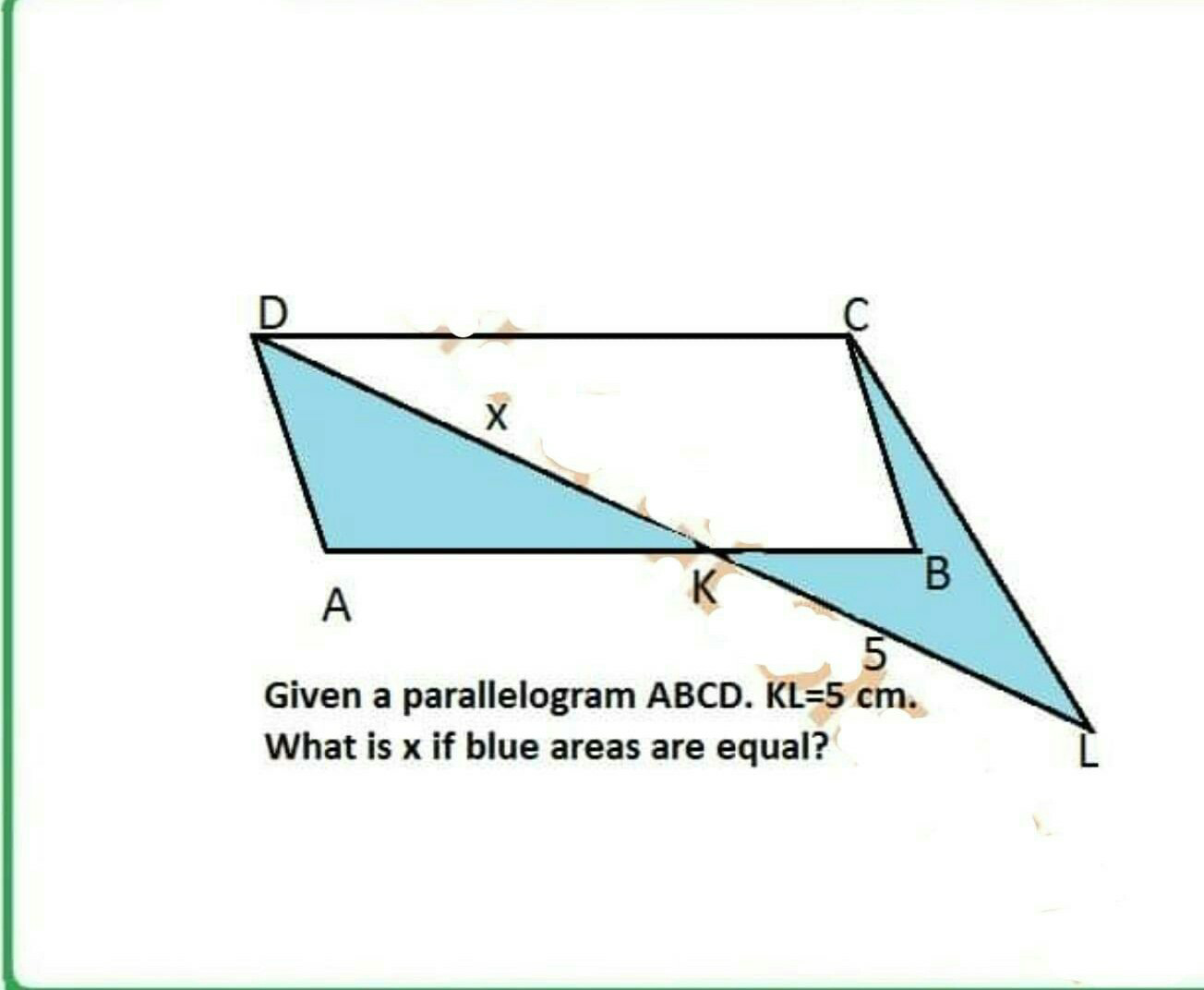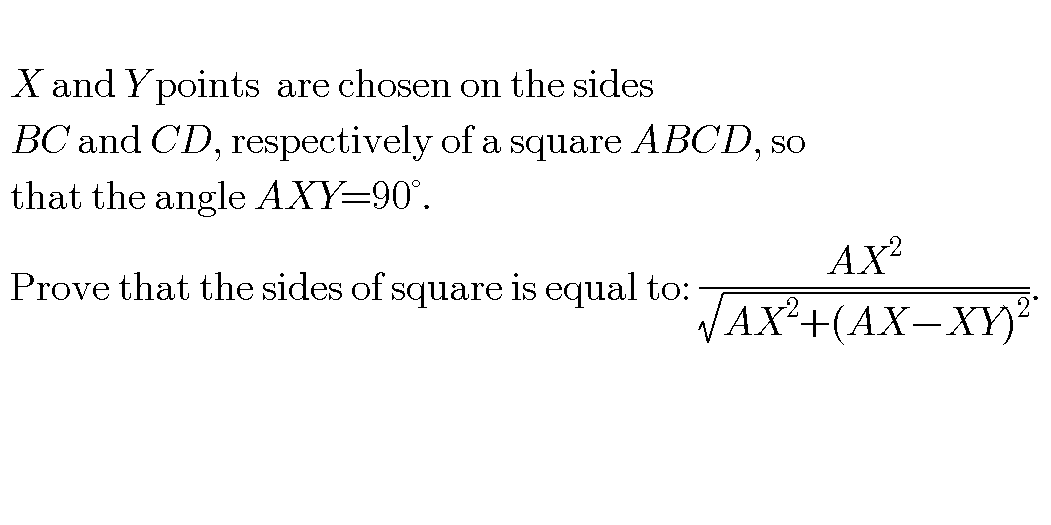
AllQuestion and Answers: Page 1423
Question Number 69230 Answers: 0 Comments: 0

Question Number 69229 Answers: 0 Comments: 0
Question Number 69226 Answers: 0 Comments: 0

Question Number 69222 Answers: 0 Comments: 1

Question Number 69212 Answers: 1 Comments: 0
Question Number 69207 Answers: 1 Comments: 3
Question Number 69211 Answers: 0 Comments: 0
Question Number 69201 Answers: 2 Comments: 0

Question Number 69198 Answers: 0 Comments: 0
Question Number 69192 Answers: 1 Comments: 0

Question Number 69188 Answers: 2 Comments: 2

Question Number 69183 Answers: 1 Comments: 2

Question Number 69162 Answers: 1 Comments: 0
Question Number 69159 Answers: 0 Comments: 0
Question Number 69143 Answers: 0 Comments: 0
Question Number 69176 Answers: 0 Comments: 1
Question Number 69175 Answers: 1 Comments: 0
Question Number 69168 Answers: 0 Comments: 0

Question Number 69167 Answers: 1 Comments: 0

Question Number 69133 Answers: 0 Comments: 1
Question Number 69130 Answers: 0 Comments: 3
Question Number 69123 Answers: 1 Comments: 0

Question Number 69116 Answers: 0 Comments: 0
Question Number 69092 Answers: 1 Comments: 0

Question Number 69082 Answers: 1 Comments: 1
$$\boldsymbol{{Solve}}\:\:\boldsymbol{{x}}^{\mathrm{2}} \:=\:\mathrm{16}^{\boldsymbol{{x}}} \\ $$
Question Number 69081 Answers: 2 Comments: 0
Pg 1418 Pg 1419 Pg 1420 Pg 1421 Pg 1422 Pg 1423 Pg 1424 Pg 1425 Pg 1426 Pg 1427
